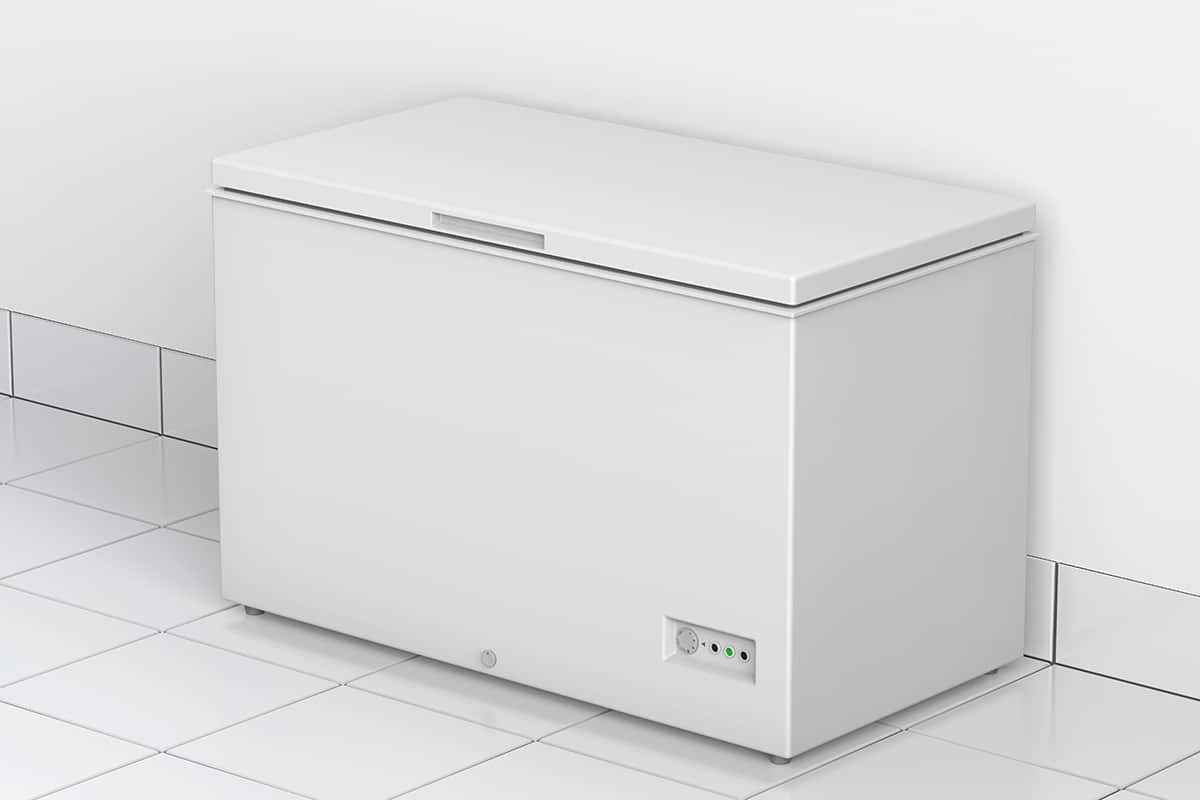

Articles
How Many Watts Does A Freezer Use?
Modified: October 20, 2024
Discover the perfect freezer wattage for your needs with our comprehensive articles. Find out everything you need to know about freezer wattage and make an informed decision.
(Many of the links in this article redirect to a specific reviewed product. Your purchase of these products through affiliate links helps to generate commission for Storables.com, at no extra cost. Learn more)
Introduction
A freezer is an essential appliance found in most households, used for preserving and storing food at low temperatures. When shopping for a freezer, you may come across the term “wattage” to describe its power consumption. But what exactly does wattage mean in relation to freezers? How many watts does a freezer typically consume?
In this article, we will delve into the topic of freezer wattage, understanding its significance, and exploring the factors that affect it. We will also discuss the common wattage range for freezers and provide insights on how to determine the wattage usage of your specific freezer model. Additionally, we will share tips on reducing freezer power consumption and highlight energy-efficient freezer options.
Whether you’re looking to buy a new freezer or interested in optimizing energy usage in your current one, this article will equip you with the knowledge you need to make informed decisions. So, let’s dive in and explore the world of freezer power consumption and wattage!
Key Takeaways:
- Understanding freezer wattage and energy efficiency is crucial for informed purchasing decisions and reducing electricity bills. Factors such as size, insulation quality, and energy efficiency ratings play a significant role in power consumption.
- Implementing energy-saving practices, such as optimal temperature settings and efficient space utilization, can significantly reduce freezer power consumption. Choosing energy-efficient models and considering smart features can further enhance energy efficiency and long-term cost savings.
Read more: How Many Watts Does A Projector Use
Understanding Power Consumption
Power consumption refers to the amount of electrical energy that a device, such as a freezer, uses over a specific period of time. It is typically measured in watts (W) or kilowatts (kW). Understanding power consumption is crucial as it helps you assess the energy efficiency and operating costs of your freezer.
When it comes to freezers, power consumption is the amount of electricity needed to keep the freezer running and maintain the desired temperature. The power consumed by a freezer directly impacts your electricity bill, so it’s important to choose a model that balances energy efficiency without compromising on performance.
Freezers come in various sizes and designs, including upright freezers and chest freezers. The power consumption of a freezer depends on several factors, such as the size, insulation quality, age, and efficiency rating of the freezer.
It’s worth noting that power consumption is not a fixed value but can vary depending on usage patterns. For instance, if you frequently open and close the freezer door or place warm items inside, it may require more power to bring the temperature back down. Therefore, the power consumption stated by the manufacturer is often an average value based on standard operating conditions.
Now that we have a general understanding of power consumption, let’s explore the factors that can affect the wattage of a freezer.
Factors Affecting Freezer Wattage
The wattage of a freezer can be influenced by several factors. Understanding these factors will help you make informed decisions when it comes to purchasing or optimizing the power consumption of your freezer.
1. Size and Capacity: The size and capacity of a freezer play a significant role in determining its wattage. Generally, larger freezers require more power to maintain the desired temperature as they have more space to cool. Compact freezers, on the other hand, consume less energy.
2. Insulation Quality: The insulation quality of a freezer affects its energy efficiency. A well-insulated freezer will require less power to maintain the desired temperature as it reduces the heat transfer between the inside and outside environment. Look for freezers with good insulation properties to minimize power consumption.
3. Energy Efficiency Rating: Freezers come with energy efficiency ratings that indicate how efficiently they utilize energy. Look for freezers with high Energy Star ratings, as they are designed to consume less electricity while maintaining optimal performance. These energy-efficient models often have advanced features such as improved insulation and compressor technology.
4. Temperature Setting: The temperature setting you choose for your freezer can impact its wattage. Lower temperature settings will typically require more power to maintain, as the freezer has to work harder to keep the contents frozen. Adjust the temperature settings to strike a balance between food preservation and energy conservation.
5. Climate Conditions: The ambient temperature and humidity of your surroundings can affect the power consumption of your freezer. If you live in a hot and humid climate, the freezer may need to work harder to maintain the desired temperature, resulting in higher wattage usage. Consider the climate conditions in your area when assessing freezer wattage.
6. Usage Patterns: The frequency at which you open and close the freezer door and the amount of warm or room-temperature items you place inside can impact the wattage usage. It’s recommended to minimize door openings and allow hot items to cool down before placing them in the freezer to optimize energy efficiency.
By considering these factors, you can better understand why different freezers have varying wattages and make informed decisions based on your specific needs and energy consumption preferences.
Common Freezer Wattage Range
The wattage of a freezer can vary depending on its size, design, and energy efficiency rating. While exact wattage numbers will differ between different models and brands, there is a general range within which most freezers typically fall.
For smaller compact freezers, such as those with a capacity of around 5 to 7 cubic feet, the wattage typically ranges between 80 to 120 watts. These models are designed for personal use and are ideal for small households or as a secondary freezer.
Medium-size freezers, ranging from 10 to 18 cubic feet, usually have a wattage range of 150 to 300 watts. These freezers can accommodate the needs of an average-sized household and provide ample storage space for frozen goods.
For larger freezers, such as those with a capacity of 20 cubic feet or more, the wattage can range from 300 to 500 watts. These models are suitable for larger households or commercial settings where a significant amount of food storage is required.
It’s important to note that the wattage mentioned here is an approximation and can vary depending on the specific features and characteristics of each freezer model. Additionally, it’s worth considering that newer models often come with improved energy efficiency features, which may result in lower wattage usage compared to older models.
When shopping for a freezer, it’s recommended to check the product specifications and look for the “wattage” or “power consumption” details provided by the manufacturer. This will give you a more accurate understanding of the wattage range for that particular model.
Now that we have a general idea of the common wattage range for freezers, let’s move on to understanding how to determine the wattage usage of your specific freezer model.
When determining how many watts a freezer uses, look for the energy label or check the product manual. Typically, a small freezer uses around 100-200 watts, while larger ones can use 300-800 watts.
Determining Wattage Usage of Your Freezer
To determine the wattage usage of your specific freezer model, you can follow these steps:
1. Check the User Manual: The user manual that comes with your freezer often contains information about its wattage or power consumption. Look for a section that provides details about the electrical specifications of the appliance. The wattage information may be listed as “power consumption” or “electrical input.”
2. Look for Label or Sticker: Some freezers have a label or sticker placed on the back or inside the appliance that displays the wattage or power consumption. This information is typically provided by the manufacturer and is a reliable source to determine the wattage usage.
3. Check the Manufacturer’s Website: If you don’t have the user manual or cannot find the wattage information on the appliance, visit the manufacturer’s website. Often, manufacturers provide product specifications and details online, including the wattage or power consumption of their freezer models. Look for the specific model you own to find the relevant information.
4. Use a Wattmeter: If you want to measure the wattage usage directly, you can use a wattmeter. A wattmeter is a device that plugs into the wall socket and then your freezer plugs into the wattmeter. It will display the power consumption in watts on a screen. Ensure that the wattmeter you use is suitable for measuring the power consumption of appliances.
Once you have determined the wattage usage of your freezer, you can make more informed decisions regarding energy usage and calculating the operating costs. It’s recommended to keep in mind that these measurements represent the average power consumption and can vary based on usage patterns and environmental conditions.
Now that you have an understanding of how to determine the wattage consumption of your freezer, let’s explore some useful tips for reducing freezer power consumption.
Read more: How Many Watts Does A Kegerator Use?
Tips for Reducing Freezer Power Consumption
Reducing freezer power consumption not only helps you save on energy costs but also promotes environmental sustainability. Here are some tips to help you minimize the amount of electricity your freezer consumes:
1. Optimal Temperature Setting: Set your freezer temperature to the recommended level, usually around 0 degrees Fahrenheit (-18 degrees Celsius) for storing frozen food. Avoid setting the temperature lower than necessary, as this will increase energy consumption.
2. Avoid Overloading: Overloading your freezer can obstruct the airflow and strain the compressor, leading to higher power consumption. Ensure proper circulation by organizing items in a way that allows air to flow freely within the freezer.
3. Keep the Freezer Full: On the other hand, keeping your freezer well-stocked helps maintain a more stable temperature. If you have empty space in your freezer, fill it with containers filled with water. The frozen water will act as thermal mass, reducing temperature fluctuations and reducing the need for the freezer to work harder.
4. Efficient Space Utilization: Keep your freezer organized so that you can easily access items without keeping the door open for an extended period. This will minimize temperature loss and reduce the energy required to re-cool the freezer.
5. Minimize Door Openings: Each time you open the freezer door, cold air escapes, and warm air enters, resulting in energy loss. Minimize door openings and avoid unnecessary browsing to retain the cold temperature inside the freezer.
6. Allow Hot Food to Cool: Avoid placing hot or warm food directly into the freezer. Allowing hot food to cool down to room temperature before freezing will reduce the workload on the freezer and save energy.
7. Regularly Defrost: Ice buildup in your freezer’s interior acts as insulation, which makes the freezer work harder to maintain the desired temperature. Regularly defrost your freezer to remove excess ice and improve its energy efficiency.
8. Proper Placement: Ensure your freezer is positioned away from heat sources such as direct sunlight, stoves, or radiators. Placing the freezer in a cool location will prevent it from working harder to compensate for the surrounding heat.
9. Check Door Seals: Damaged or worn-out door seals can cause air leaks, leading to increased power consumption. Regularly inspect the door seals and replace them if necessary to ensure a tight seal.
10. Energy-Saving Mode: Some freezers come with an energy-saving mode or eco-mode. Activate this mode if available to optimize energy consumption without compromising the freezer’s performance.
By implementing these energy-saving practices, you can reduce the power consumption of your freezer, save on electricity bills, and contribute to a greener environment.
Now that we have explored ways to reduce freezer power consumption, let’s delve into energy-efficient freezer options that can further enhance your efficiency and savings.
Energy-Efficient Freezer Options
When it comes to selecting a freezer, opting for an energy-efficient model can significantly reduce your power consumption and lower your electricity bills. Here are some energy-efficient freezer options to consider:
1. Energy Star Rated Freezers: Look for freezers with the Energy Star label. Energy Star-rated appliances meet strict energy efficiency guidelines set by the Environmental Protection Agency (EPA). These freezers are designed to consume less energy without compromising on performance.
2. Inverter Technology: Freezers equipped with inverter technology have variable speed compressors that adjust their power consumption based on cooling needs. This technology ensures the freezer runs at an optimal level, reducing energy waste and enhancing efficiency.
3. Frost-Free Feature: Consider investing in a frost-free freezer. Frost-free models have built-in mechanisms that prevent ice buildup, eliminating the need for manual defrosting. This feature helps maintain optimal freezer performance while reducing energy consumption.
4. High-Quality Insulation: Look for freezers with high-quality insulation materials, as they effectively minimize heat transfer between the inside and outside environments. Well-insulated freezers require less energy to maintain the desired temperature, resulting in lower power consumption.
5. LED Lighting: Freezers equipped with energy-efficient LED lighting consume less electricity than traditional incandescent lights. LED lights generate less heat and have a longer lifespan, making them a more sustainable and cost-effective choice.
6. Size and Capacity: Choose the size and capacity of your freezer wisely. Opting for a freezer that meets your specific storage needs ensures you aren’t using excess energy to cool unutilized space. Select a freezer size and capacity that aligns with your household’s requirements.
7. Smart Features and Controls: Some freezers come with smart features and controls that allow you to monitor and adjust settings remotely. These features enable you to optimize energy usage, set custom temperatures, and receive energy-saving recommendations.
8. Research and Compare Models: Before making a purchase, research and compare different freezer models. Look for reviews, energy efficiency ratings, and power consumption information. Consider factors such as the freezer’s performance, reliability, and long-term cost savings to make an informed decision.
By selecting an energy-efficient freezer, you can not only reduce your environmental impact but also enjoy long-term savings on your energy bills. Remember to consider the specific features and energy-saving technologies that align with your priorities and needs.
Now, let’s summarize what we have learned about freezer wattage and energy efficiency.
Conclusion
In conclusion, understanding freezer wattage and energy efficiency is crucial for optimizing power consumption and reducing electricity bills. By considering factors such as size, insulation quality, energy efficiency rating, and temperature settings, you can make informed decisions when purchasing a freezer. Additionally, following energy-saving tips such as proper space utilization, minimizing door openings, and regular defrosting can further reduce power consumption.
When determining the wattage usage of your freezer, refer to the user manual, check for labels or stickers on the appliance, or use a wattmeter for a direct measurement. This information will give you a better understanding of your freezer’s power consumption and help you make informed decisions about energy usage.
It’s worth noting that there is a common wattage range for different freezer sizes, but the specific wattage will vary depending on the model and features. Consider energy-efficient freezer options, such as Energy Star rated models, inverter technology, and high-quality insulation, to further enhance energy efficiency and reduce power consumption.
Reducing freezer power consumption not only saves money but also contributes to environmental sustainability. By implementing energy-saving practices, such as keeping the freezer full, organizing its contents, and using energy-efficient lighting, you can make a positive impact on the environment while enjoying the benefits of lower energy costs.
When shopping for a freezer, perform thorough research, compare different models, and consider reviews, energy efficiency ratings, and power consumption information to make an informed decision. By selecting an energy-efficient freezer that aligns with your needs and priorities, you can enjoy the benefits of optimal performance, reduced power consumption, and long-term cost savings.
With the knowledge gained from this article, you are now equipped to make informed decisions about freezer wattage, power consumption, and energy efficiency. By implementing the tips and guidelines provided, you can maximize the efficiency of your freezer, reduce energy waste, and contribute to a sustainable future.
Frequently Asked Questions about How Many Watts Does A Freezer Use?
Was this page helpful?
At Storables.com, we guarantee accurate and reliable information. Our content, validated by Expert Board Contributors, is crafted following stringent Editorial Policies. We're committed to providing you with well-researched, expert-backed insights for all your informational needs.
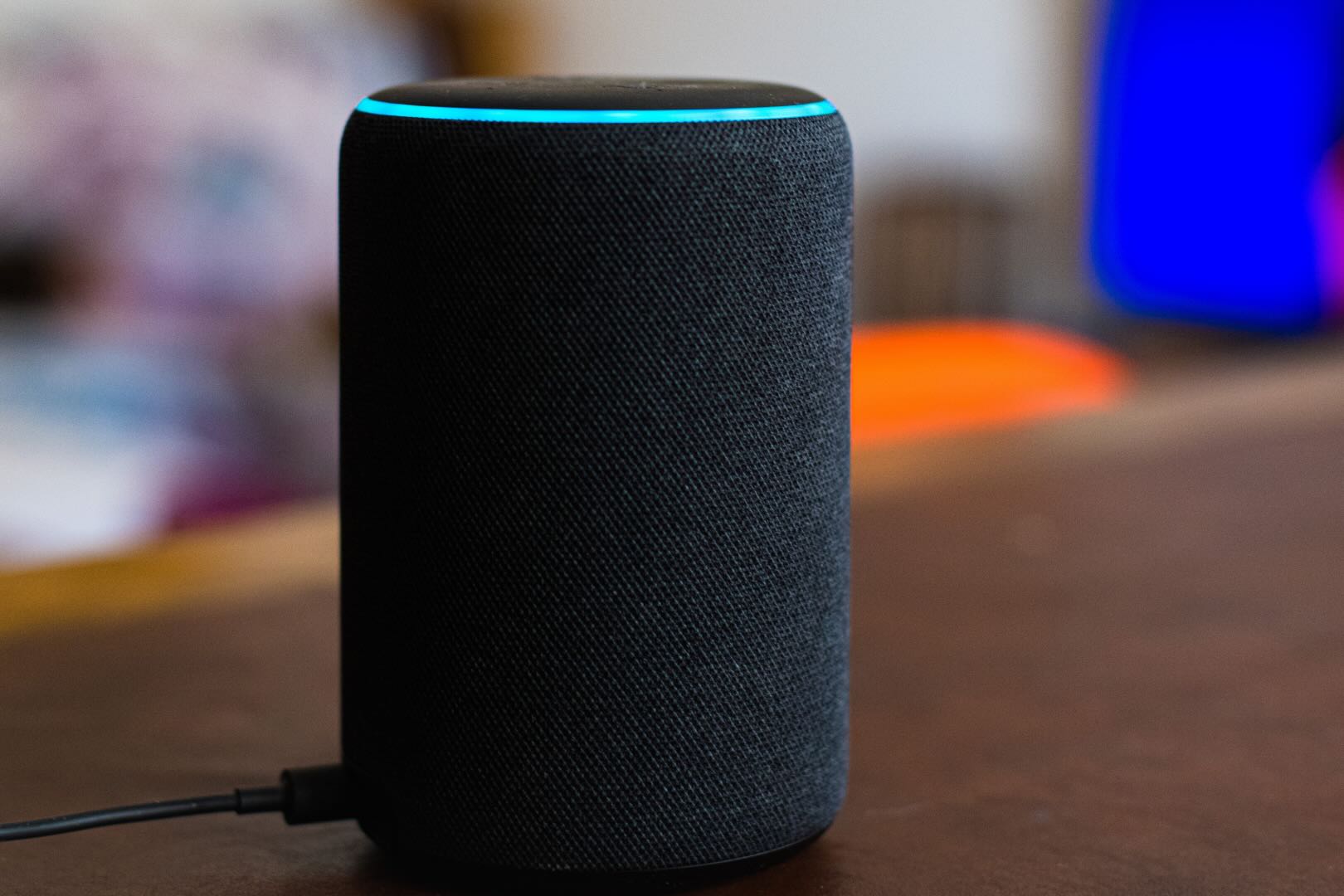
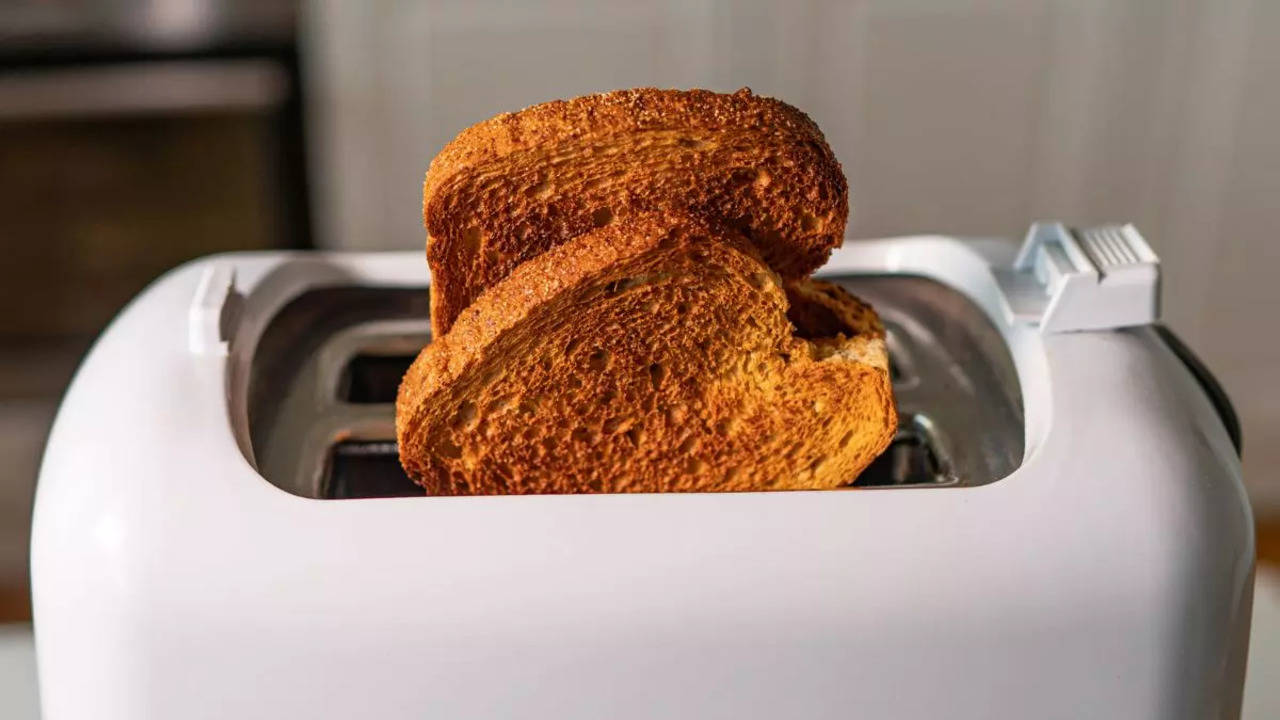
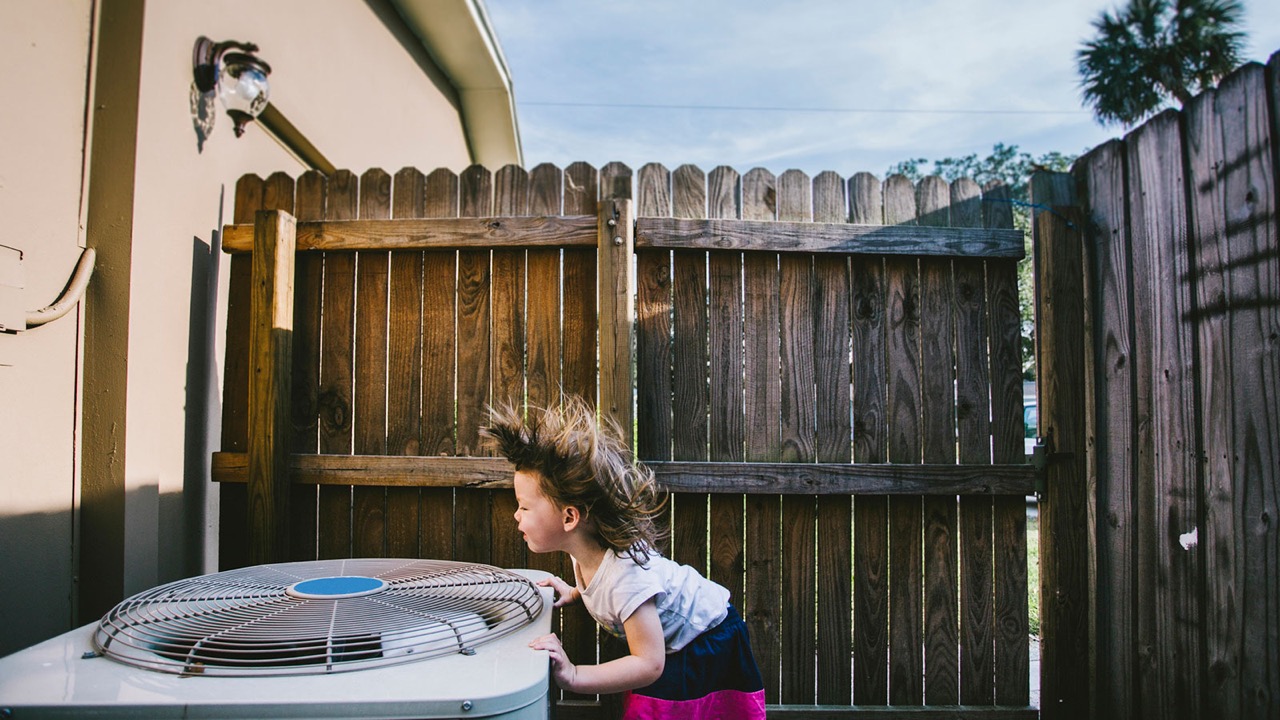
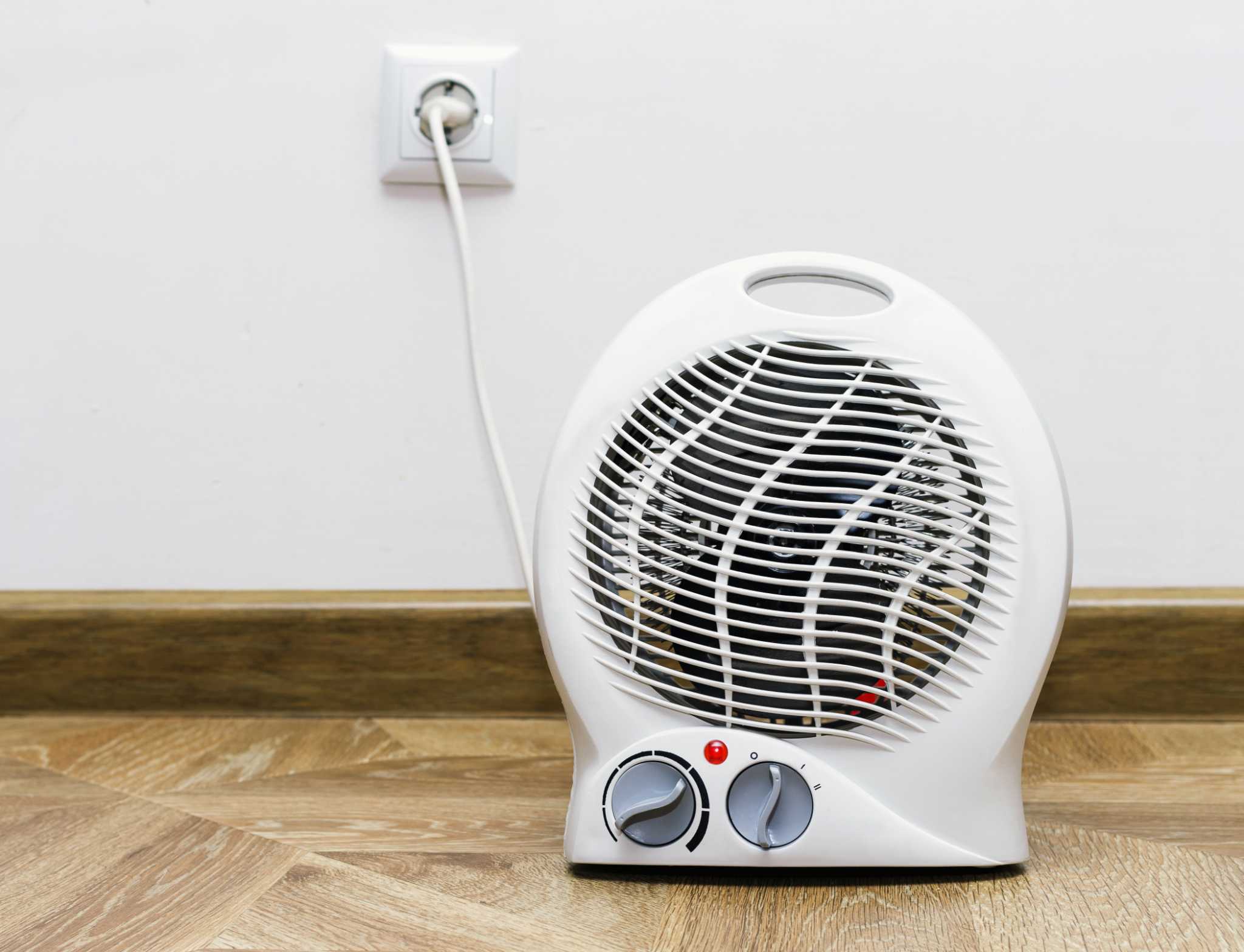

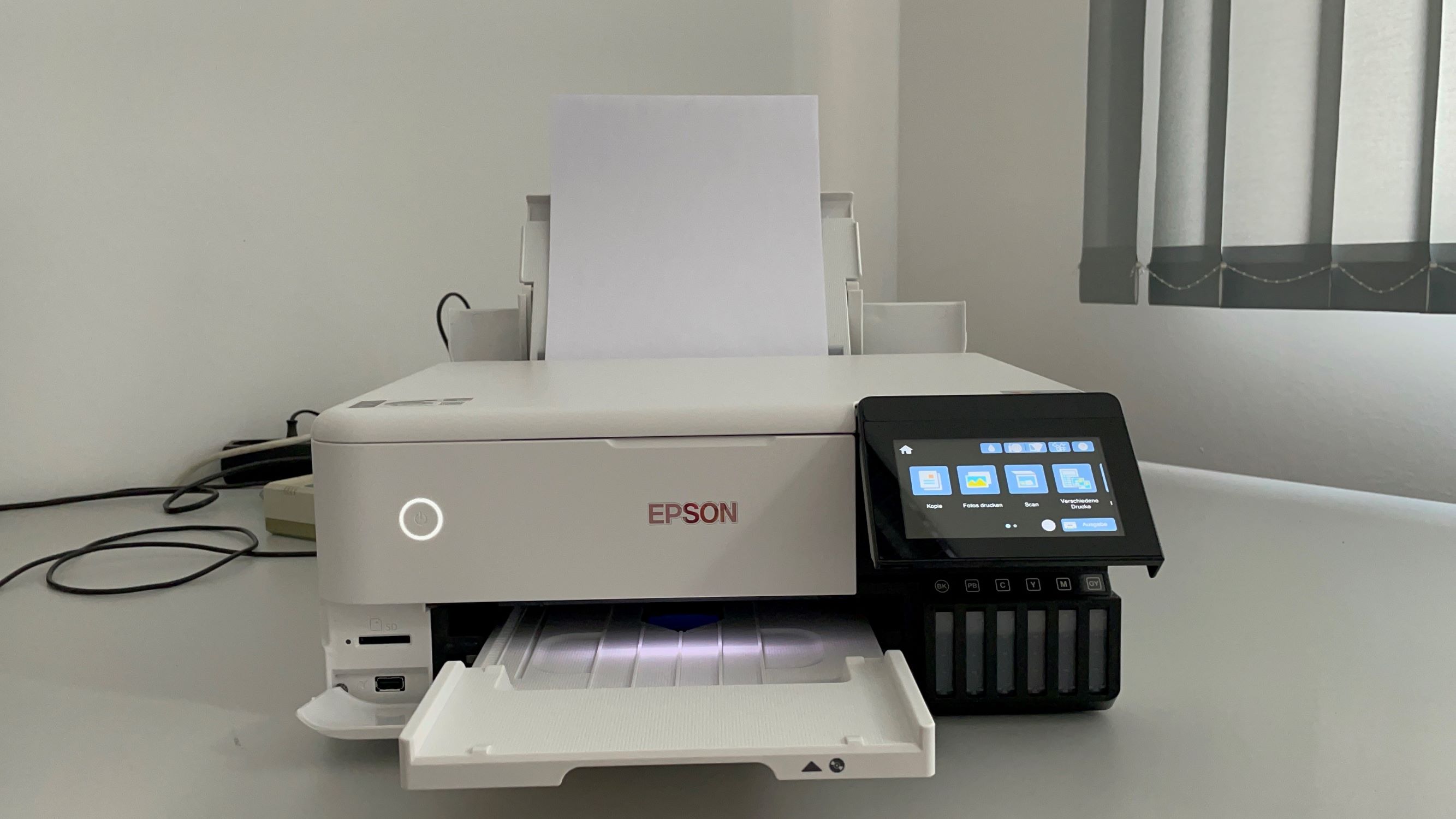
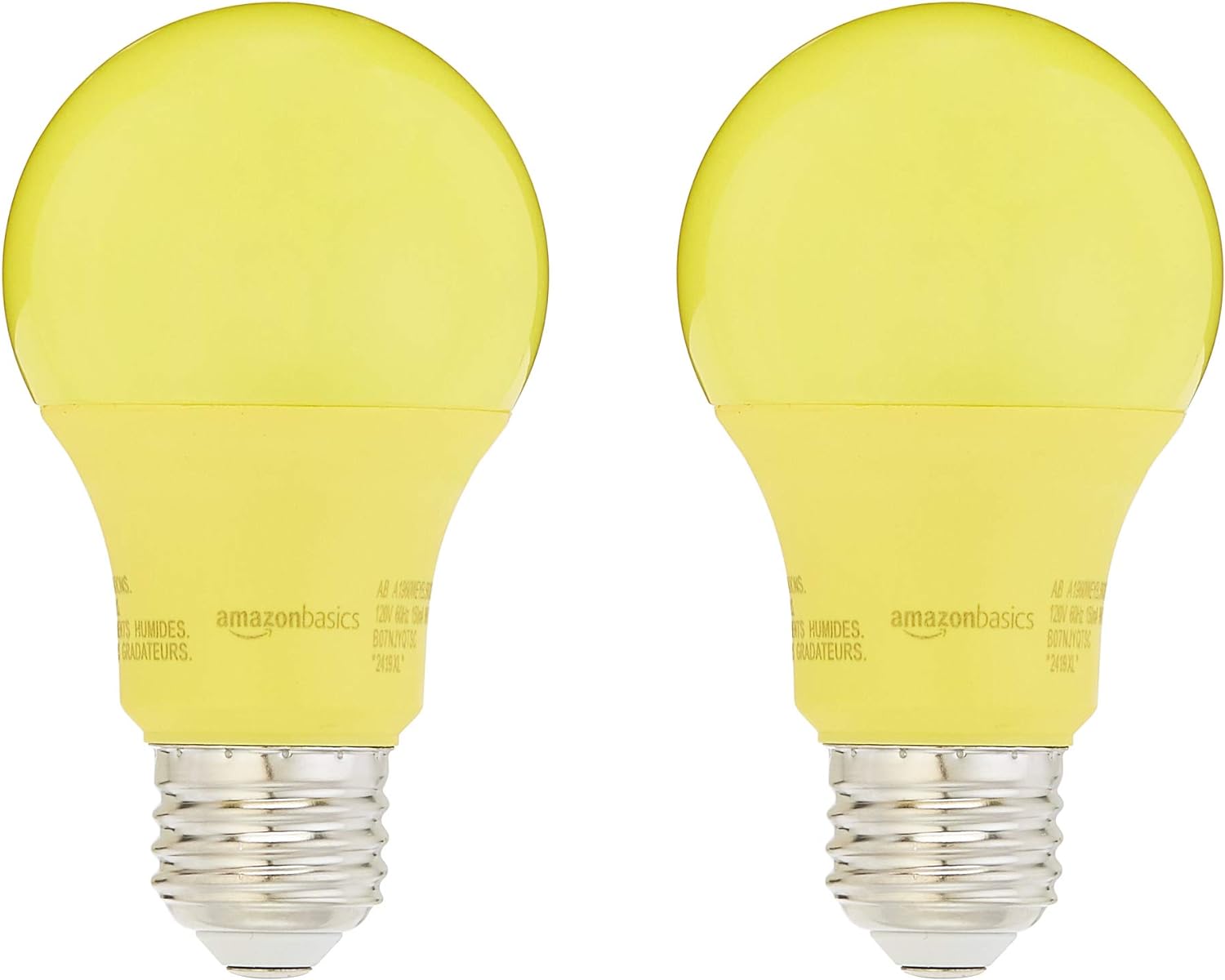
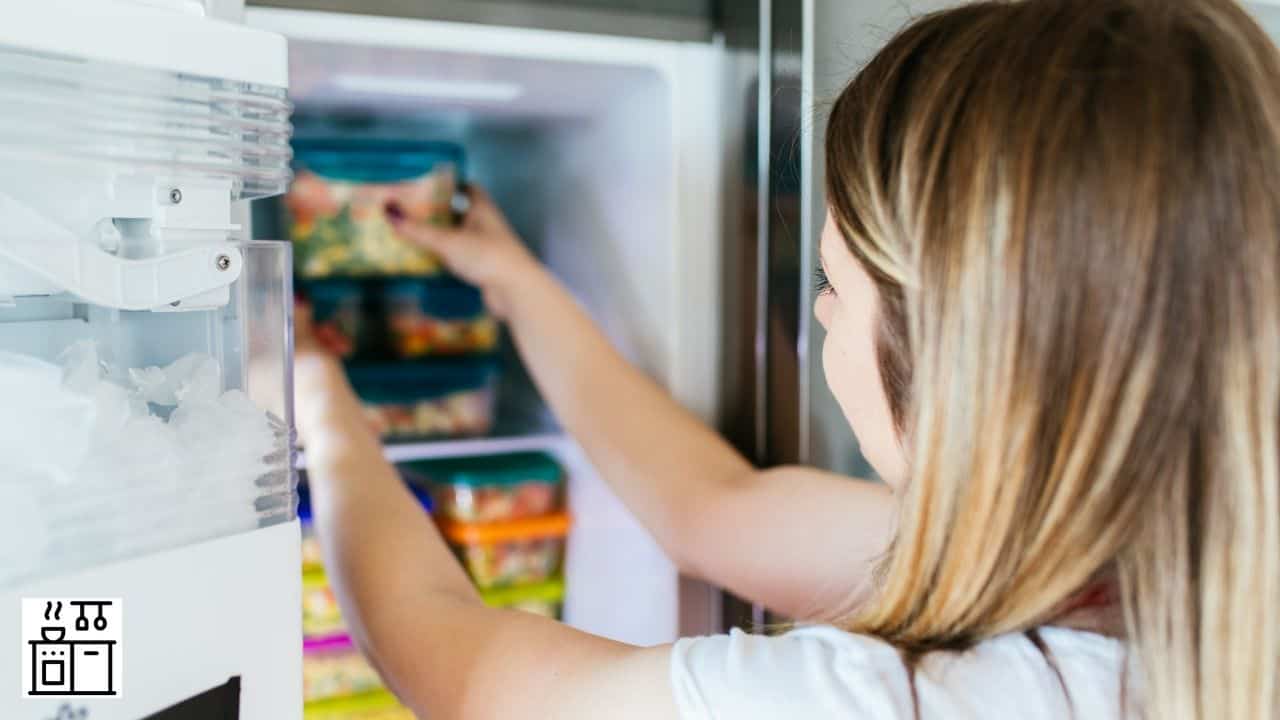
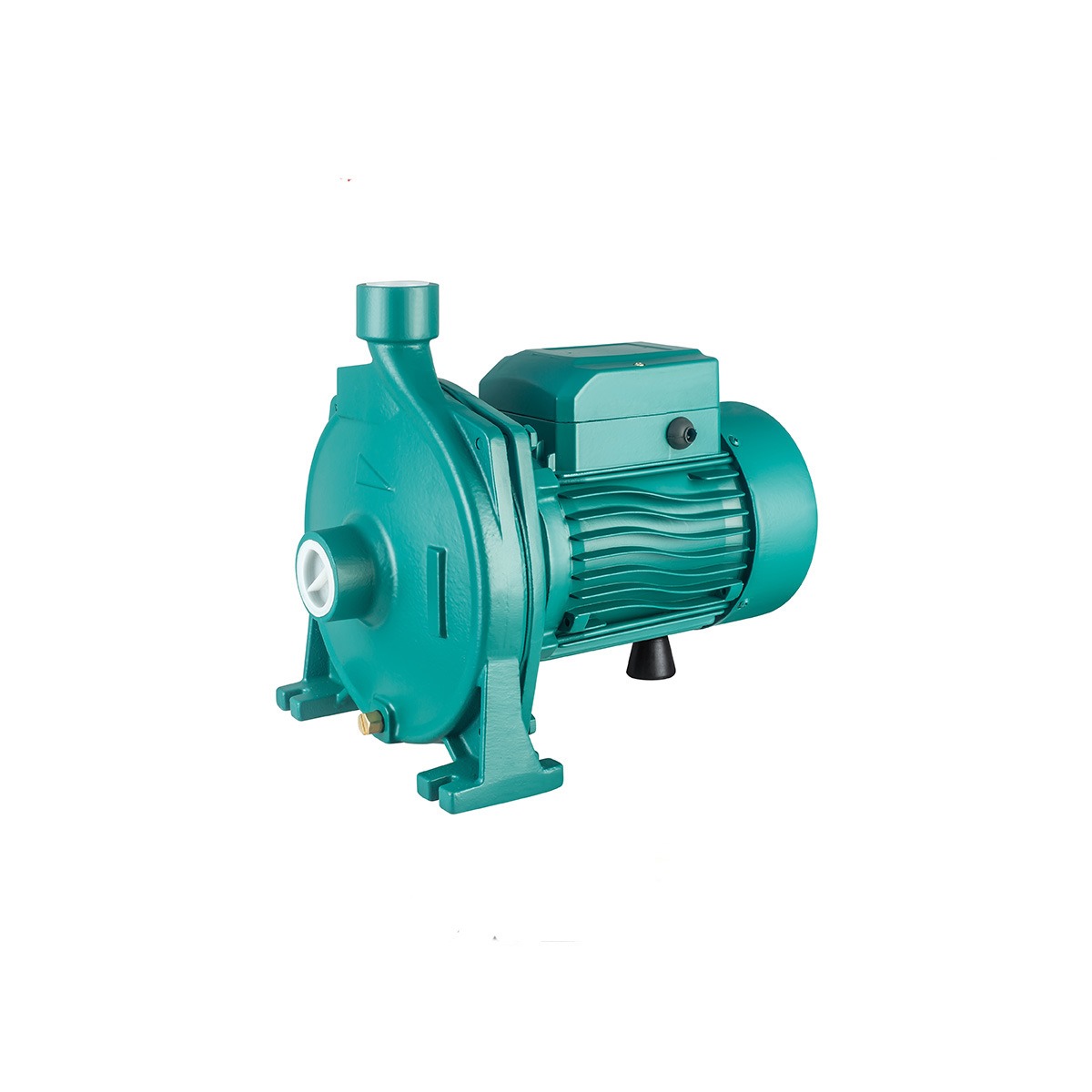
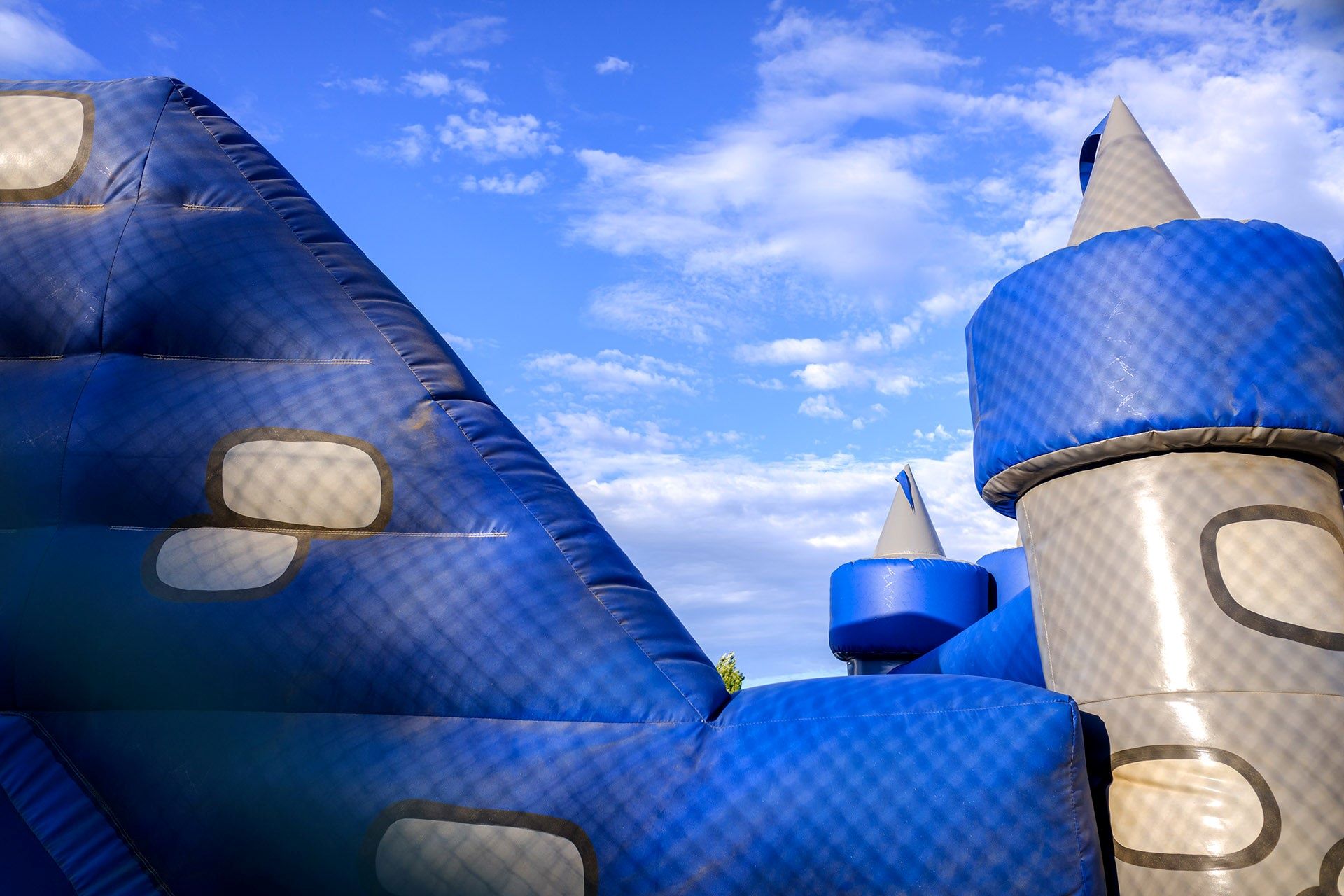
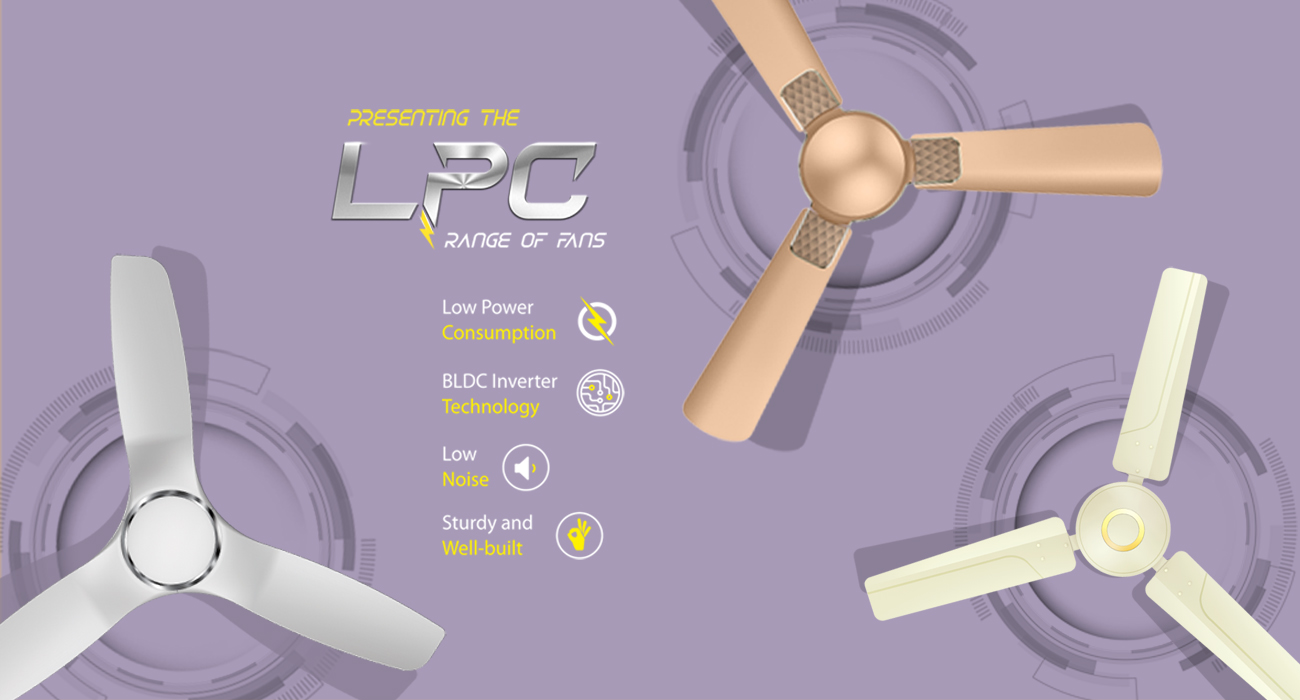
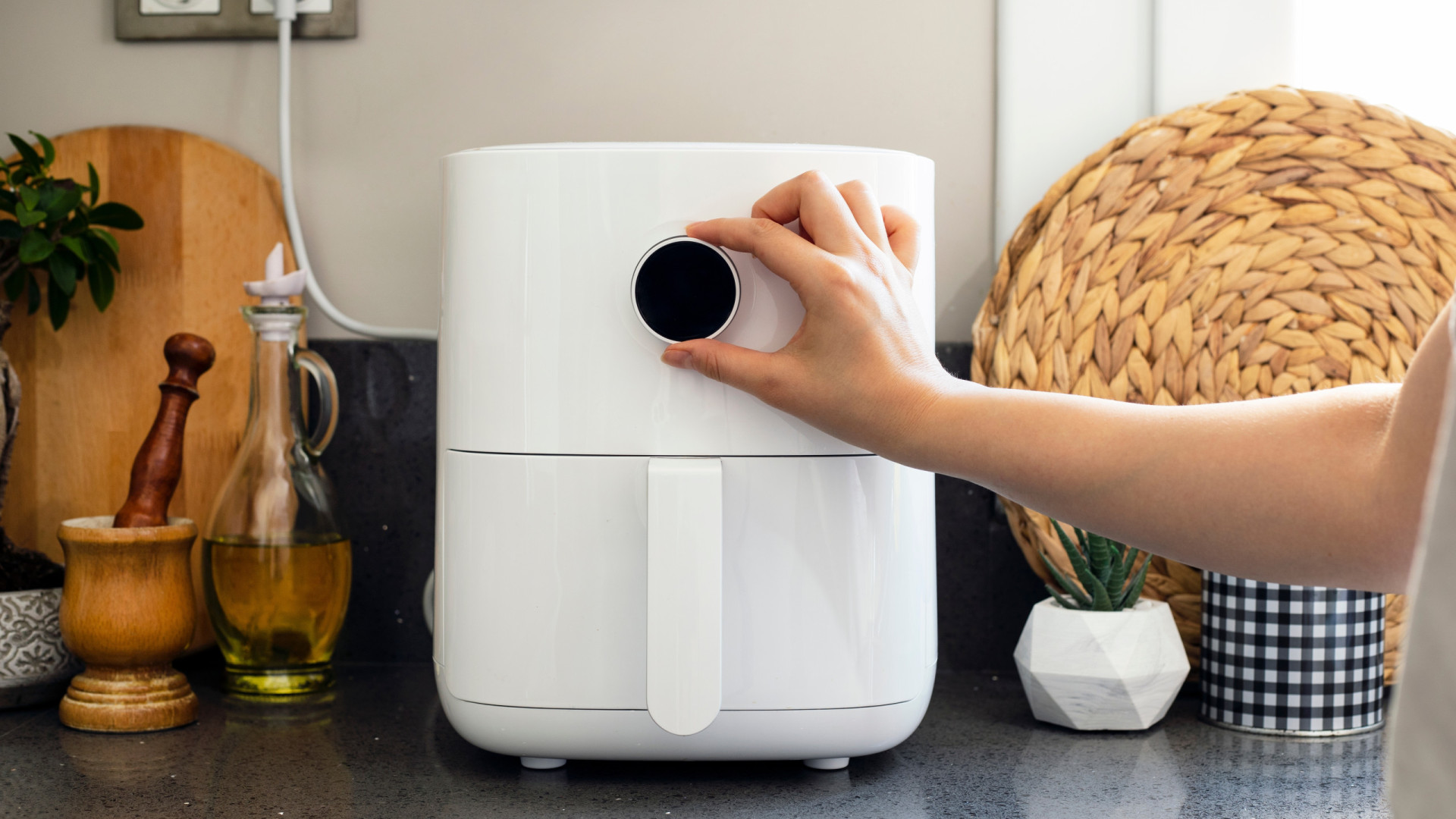
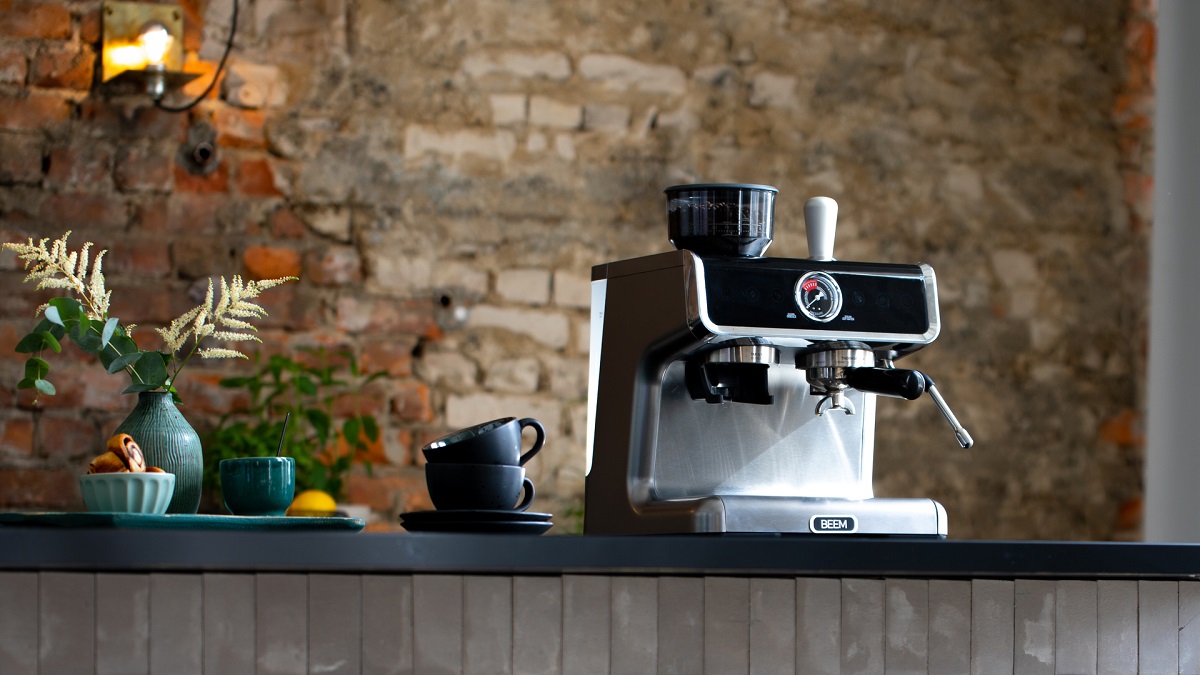
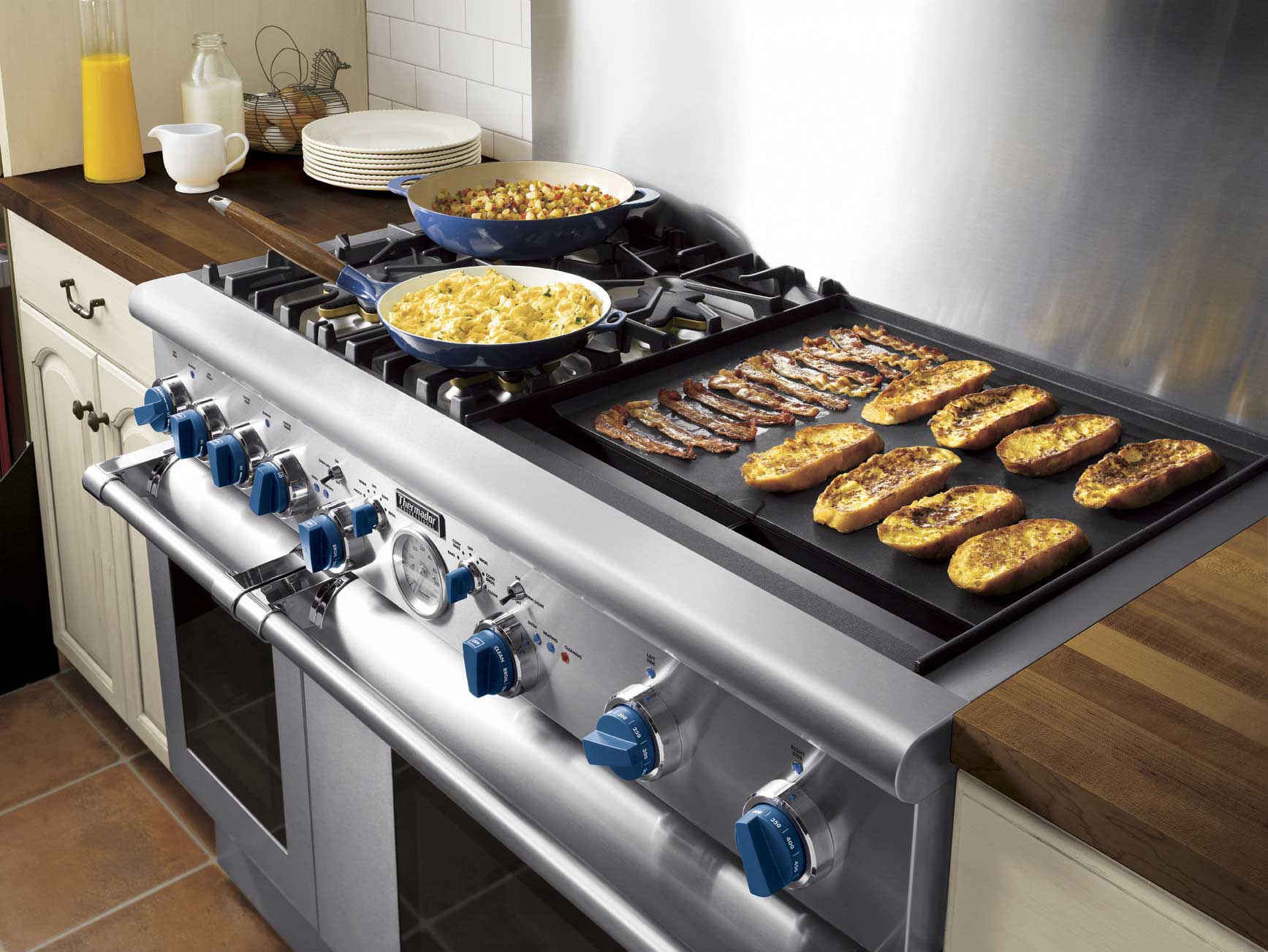

0 thoughts on “How Many Watts Does A Freezer Use?”